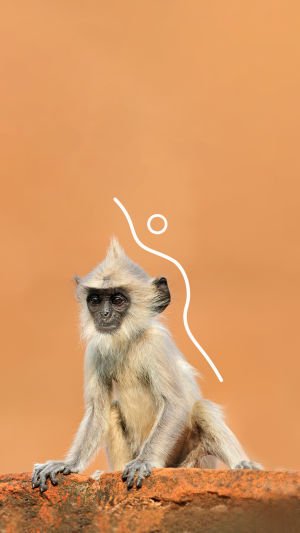Singapore has spared no effort in building a livable city. Starting from the creation of a "garden city", Singapore has transformed into a "city in a garden", and recently further constructed a "city in nature" to ensure the balance of biological diversity and ecological environment.
Singapore is a densely populated small island with no hinterland, and the land demand is under great pressure. Even so, Singapore retains four nature reserves and 20 natural areas spread across the main island and offshore islands and implements strict animal protection measures.
In recent years, the phenomenon of wild animals appearing in residential areas has attracted more and more attention from society. They not only disturb people but also pose a threat to the property and safety of the public.
In addition to otters, wild animals such as wild monkeys, pheasants, and birds have also intruded into Singaporean communities. Otters have so far only harmed fish, but wild monkeys pose a safety threat to the public, while wild bird swarms create disturbing noise and pollution.
The Minister of National Development of Singapore pointed out that as Singapore moves towards a "city in nature", conflicts between humans and wild animals are bound to increase, and we must take scientific measures to control the number of animals when necessary to ensure people's safety.
Singapore has limited space and a small buffer zone between nature reserves and residential areas. Therefore, there are three possibilities for coexistence with wild animals. One is to allow wild animals to roam residential areas, but at the same time instill skills in the public to deal with wild animals.
The second is to let a limited number of wild animals roam in residential areas, especially non-aggressive wild animals. The third is to expand the buffer zone to ensure that all wild animals return to their original living and feeding areas.
The idea of coexisting with wild animals reflects the improvement of social civilization awareness. In vast nature, wild animals have their own functions, which are crucial to maintaining the biological diversity of ecological environment balance.
However, coexistence must be built on a people-centered basis. We must strike a balance between ensuring biodiversity and human well-being.
While working towards a "city in nature", it is necessary to ensure that wildlife does not disturb the public or even cause property damage or life-threatening, although some adjustments must be made for coexistence.





